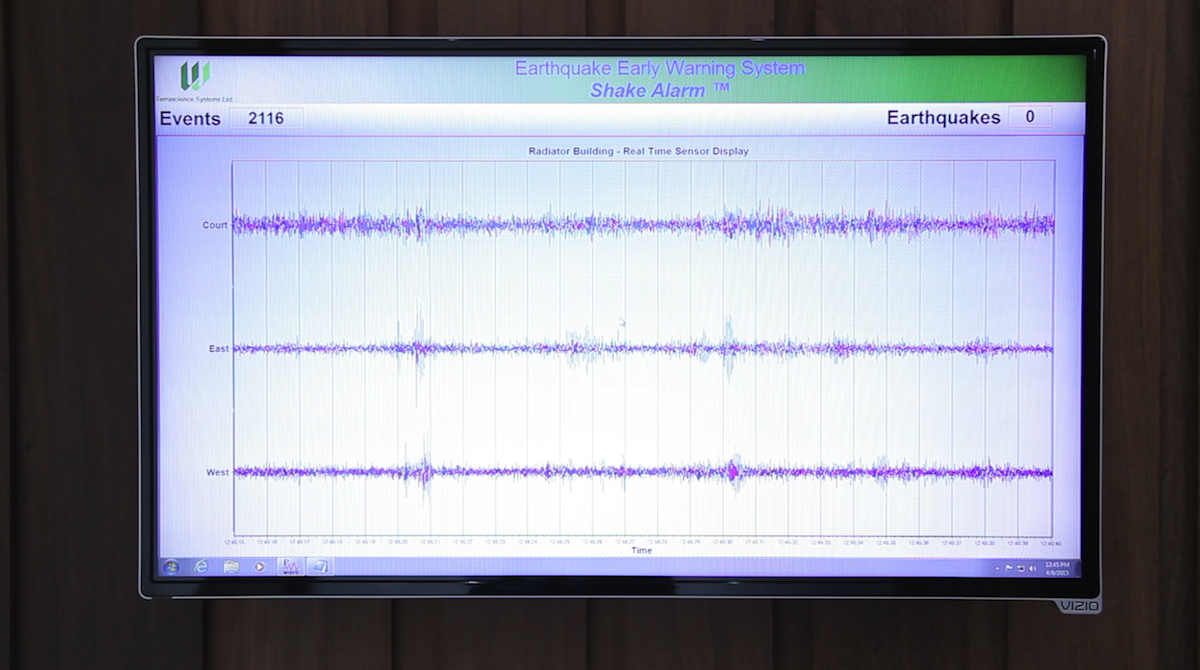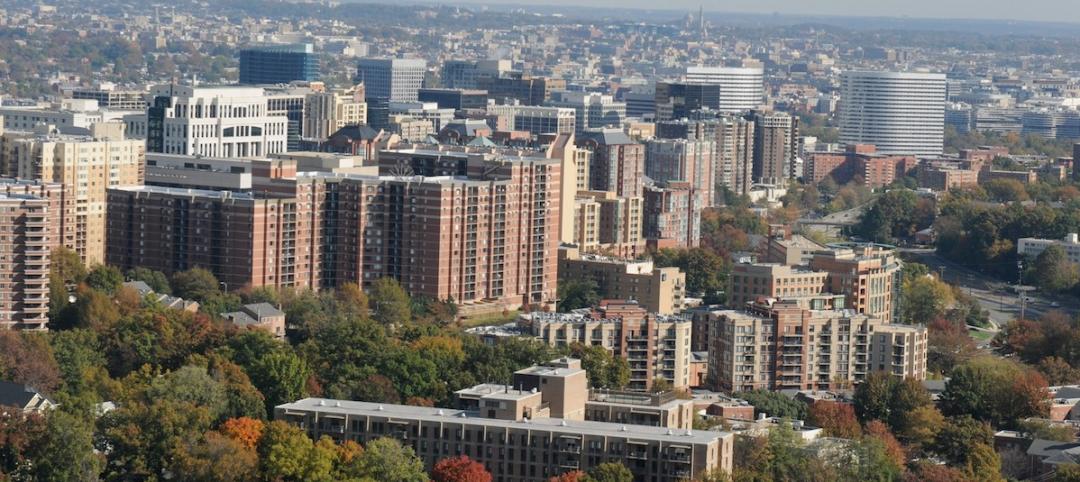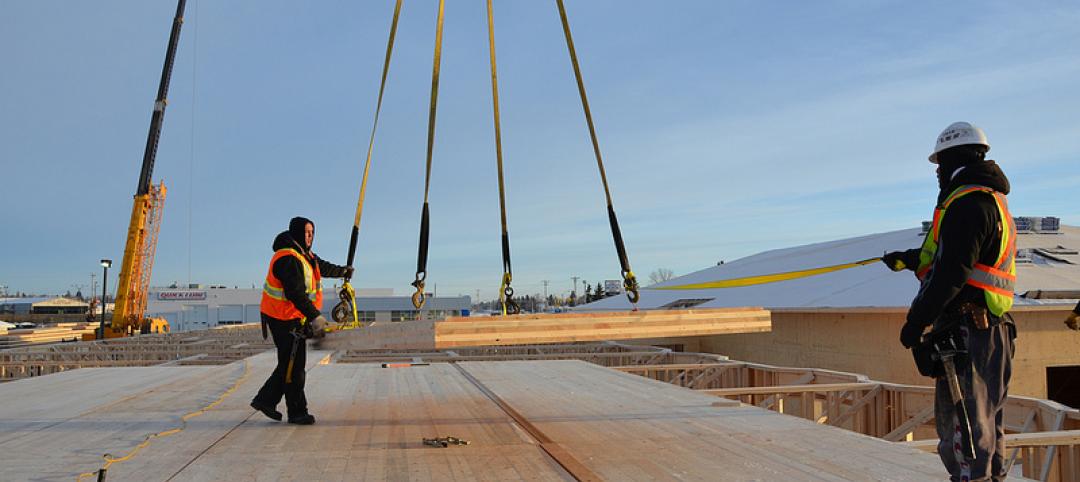CoreFirst LLC, a producer of seismic retrofit systems for commercial and institutional buildings, has partnered with Vancouver, B.C.-based Weir-Jones Engineering Consultants to commercialize Weir-Jones’ ShakeAlarm earthquake early warning system (EEWS) in the U.S.
The first U.S. installation of ShakeAlarm was recently completed at the Radiator Building, a 36,000-sf, five-story, wood-framed office building located in a densely populated neighborhood in North Portland, Ore.
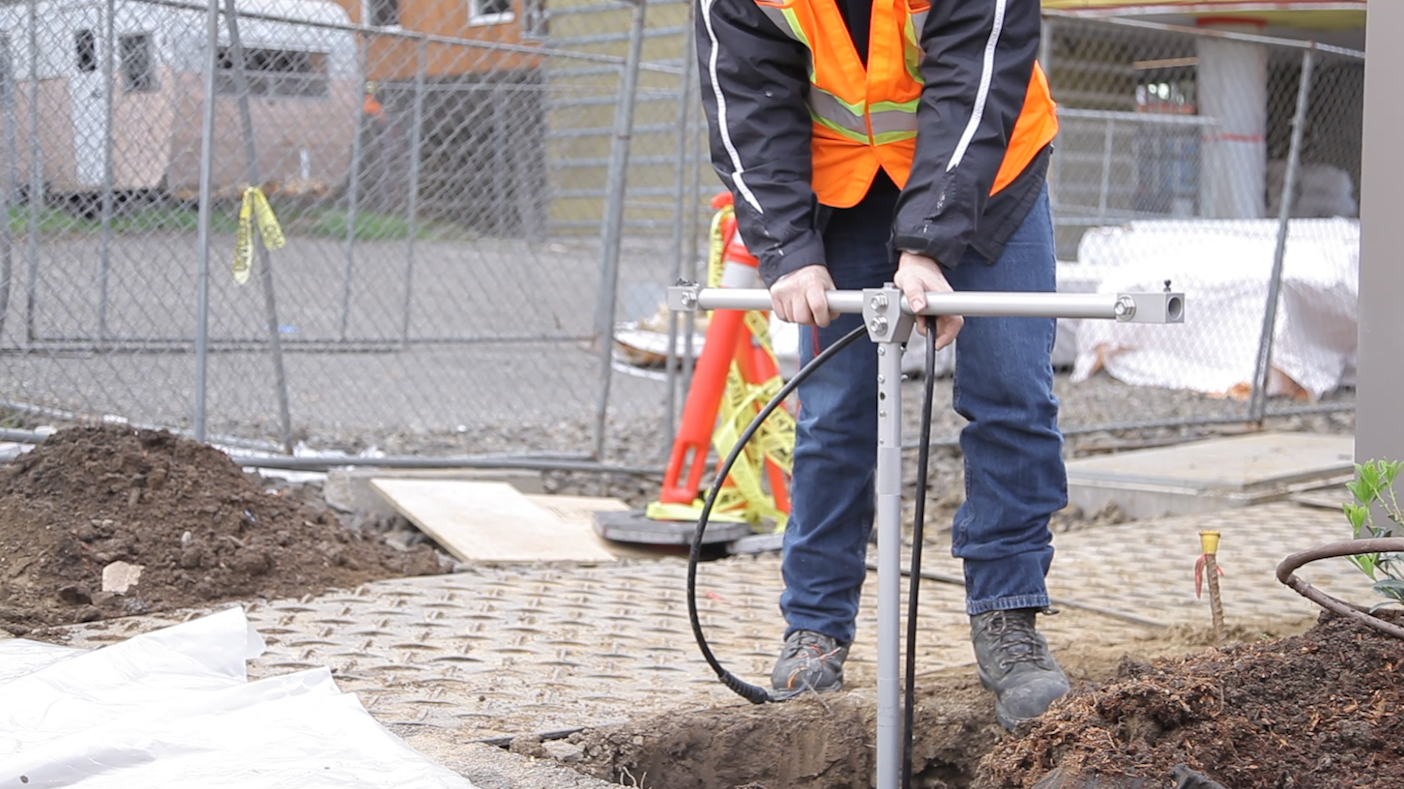 The ShakeAlarm system can recognize and quantify the faster but lower-energy seismic P-wave.
The ShakeAlarm system can recognize and quantify the faster but lower-energy seismic P-wave.
“It’s no secret that the Pacific Northwest is due for a large-scale seismic event,” said CoreFirst Principal Paul Conway. “What we haven’t had in place, until now, is an affordable system for building occupants that can provide critical advance warning and direct them to safety to minimize loss of life.”
The ShakeAlarm system recognizes and quantifies the faster but lower-energy seismic P-wave, which is the precursor to the more damaging S-wave. When used in conjunction with industrial or civil infrastructure control systems, these crucial seconds of warning can be leveraged to minimize runaway failure modes in critical structures, and shut down gas and electricity feeds to infrastructure, thereby minimizing fire risk to assets after a seismic event.
After detecting a P-wave, the ShakeAlarm system will:
• Immediately send a warning text message to the cell phone of every radiator occupant (regardless of whether he or she is in the building)
• Automatically shut down gas and electricity
• Automatically return elevators to ground level
• Open any metered doors
• Activate backup power systems
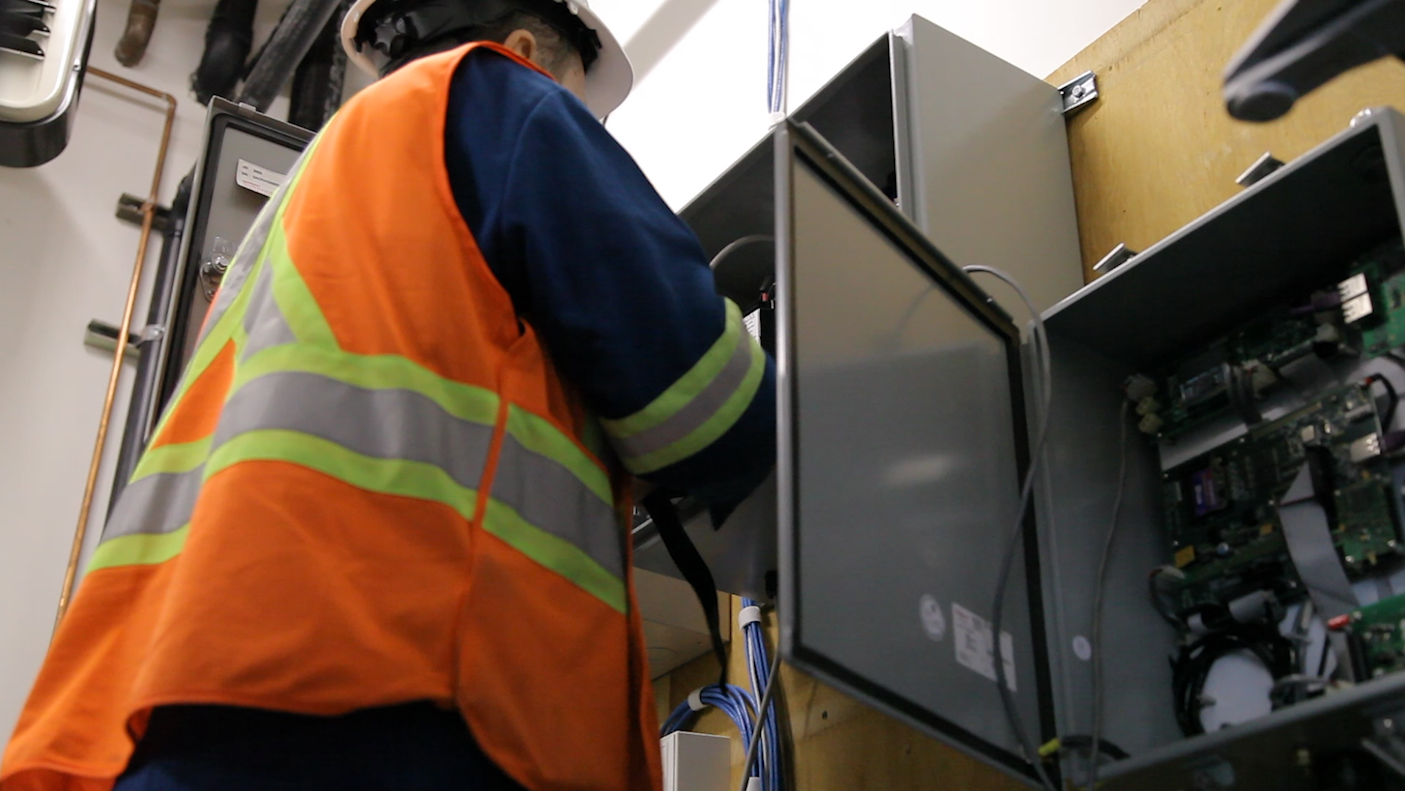 The ShakeAlarm system initiates a number of safety measures once P-waves have been detected.
The ShakeAlarm system initiates a number of safety measures once P-waves have been detected.
Related Stories
High-rise Construction | Mar 28, 2016
SOM’s Salt Lake City skyscraper uses innovative structural system to suspend itself over a neighboring building
The hat truss-supported office tower was topped off in January, rising 25 stories above the Salt Lake City streets.
Sponsored | Fire-Rated Products | Mar 7, 2016
Fire Resistive Curtain Wall Helps Hospital Meet Fire and Seismic Requirements
SaftiFirst’s custom curtain wall complied with all the seismic requirements while still blending in seamlessly with building’s design
Seismic Design | Oct 22, 2015
Taipei 101 tower named 'world's toughest' building by Popular Mechanics
Popular Mechanics named the 10 structures that best withstand floods, winds, storms, and earthquakes.
Seismic Design | Oct 16, 2015
L.A. City Council votes for seismic retrofits for older buildings
Thousands of wood, concrete apartments subject to costly renovations.
Codes and Standards | Jul 16, 2015
Oregon to spend $300 million for seismic updates on public buildings
A survey found that more than 1,000 Oregon school buildings face a high risk of collapse during earthquakes.
Codes and Standards | Apr 12, 2015
Virginia surpasses Florida for strictest hurricane building codes
Virginia has edged out Florida as the state with the most stringent hurricane building codes, according to the Institute for Business and Home Safety’s “2015 Rating the States” report.
| Feb 20, 2014
5 myths about cross laminated timber
A CLT expert clears up several common misconceptions and myths surrounding the use of wood as a building material.
| Feb 5, 2014
7 towers that define the 'skinny skyscraper' boom [slideshow]
Recent advancements in structural design, combined with the loosening of density and zoning requirements, has opened the door for the so-called "superslim skyscraper."
| Jan 28, 2014
2014 predictions for skyscraper construction: More twisting towers, mega-tall projects, and 'superslim' designs
Experts from the Council on Tall Buildings and Urban Habitat release their 2014 construction forecast for the worldwide high-rise industry.
| Jan 21, 2014
2013: The year of the super-tall skyscraper
Last year was the second-busiest ever in terms of 200-meter-plus building completions, with 73 towers, according to a report by the Council on Tall Buildings and Urban Habitat.


